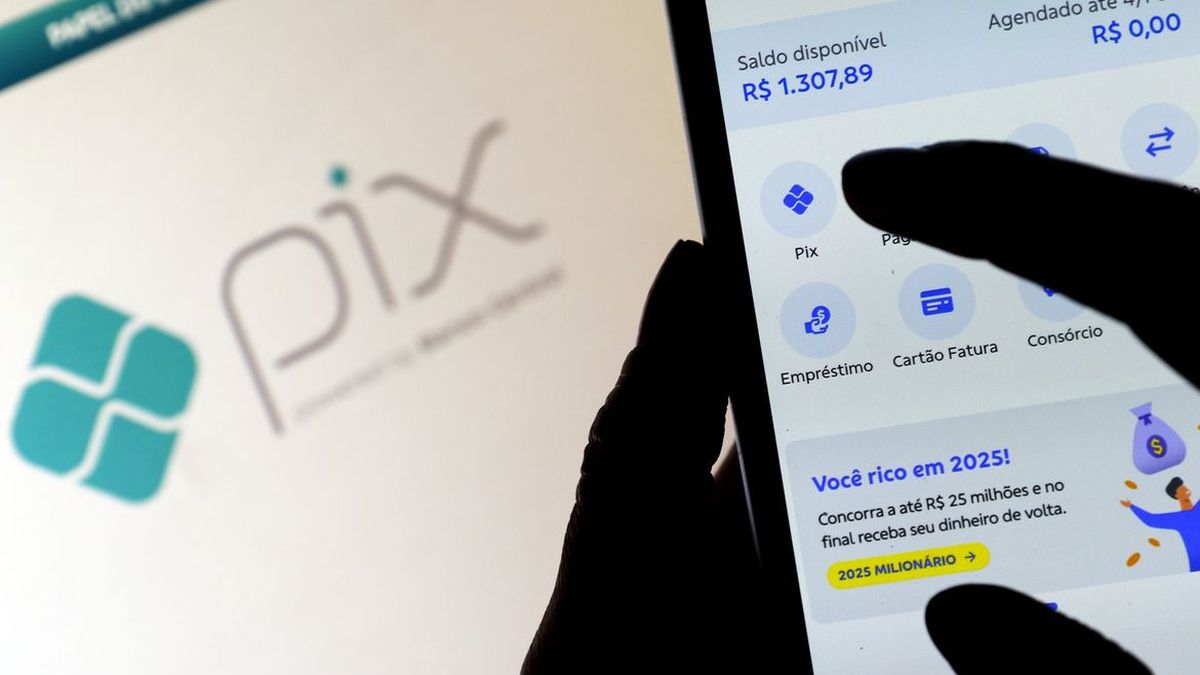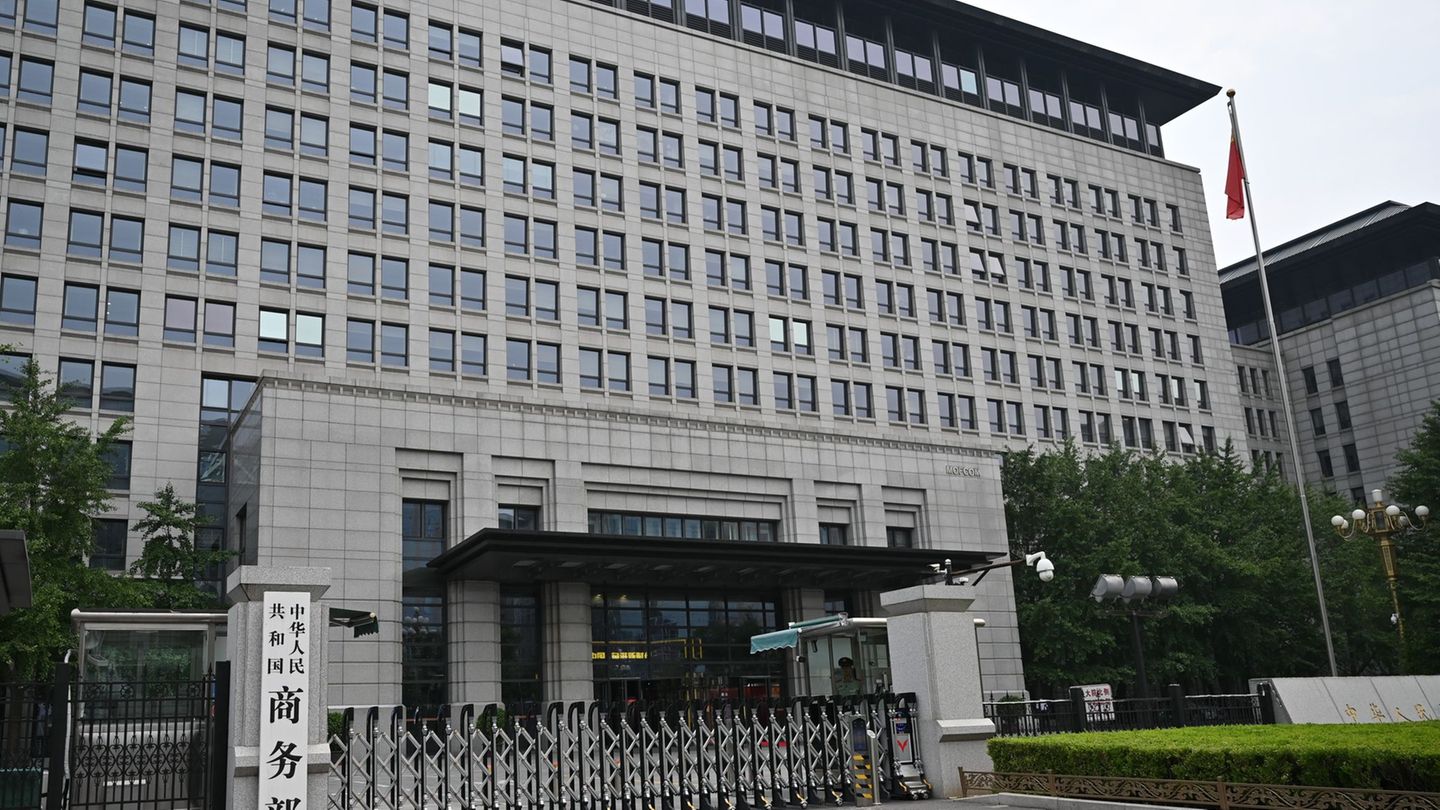The US Commercial Representative Office (USTR) began a Research against the Brazilian government for alleged “Desleal” commercial practices Towards North American companies operating in that country. One of the axes of the complaint is Pixthe payment system developed by the Central Bank of Brazilconsidered The most important in Latin America and used by companies from all over the region, including several Argentines.
The USTR initiative was protected in the Section 301 of the US Commerce Lawa regulation that allows imposing commercial reprisals To other countries. In a report released on July 15, the agency said Brazil “seems to participate in a series of unfair practices” Regarding electronic payment servicesincluding the promotion of its services developed by the Government, In reference to PX.
In addition to Pixthe report indicated other focuses of concern for the American government, such as the Electronic commercethe infraction of intellectual property, the import tariffsthe illegal deforestationthe ethanol industry and a unfavorable treatment towards American signatures.
The Boom of Pix in Brazil and in Tourism
Launched at the end of 2020, Five years later it is used by 76.4% of Brazilians And it is the most frequent payment method for 46% of the population, according to data from the Central Bank of Brazil. In dialogue with this medium, Ralf Germerthe co -founder and CEO of Pagrasila Fintech specialized in digital payments, said that currently “PX represents 75% of all instant transfers from Latin America“
On this point, he said that “Today it is possible to make payments with pix in key markets from Latin America as Argentina, Uruguay, Paraguay, Chile, Peru and Mexicoas well as in Asia and Europe. “On that point, he stressed that” while expanding access to financial services for Brazilians, it is transformative, It is also crucial to extend this convenience to those who visit the country“
Only in the first quarter of this year, Brazil received 3.7 million international touristsan increase of 48% compared to the same period of 2024, according to Embratur. Of that total, 51.5% were Argentine.
Conflict of interest?
Consulted by Scopehe CEO de Belo, Manuel Beaudroithe said that “the main problem is that, the PX system is so good, that they are starting to see to adopt massively in other countries.” The Fintech was one of the first Argentine companies that adopted the Pix infrastructure so that tourists in Brazil could make payments in pesos from their virtual wallet.
“There are clearly many interests of the main card brands because they are losing ground before a payment mechanism that is widely higher for the common user and trade. Personally, I think it is similar to what the emails lived with the internet exit, “Beaudroit argued.
He stated that “there is an investment in gigantic infrastructure at stake, the cards have been creating a payment acceptance network for about 60 years, and this type of initiatives make the business begin to stagger.” And he added: “It is a trend that will not stop and I don’t think the US has anything to say about local means of payment. ”
Brazil -.jpg
Thousands of Argentines used Pix to pay their expenses in Brazil.
Turismobr
The global trend
For his part, Germer acknowledged that they received with “surprise” the complaint of the USTR, “especially considering that The United States already has its own instant payments infrastructureas Fednowin addition to widely used solutions such as ZELLE“. He also cited other examples, such as UPI in India, or Promptpay in Thailand.
“This shows that real -time payments are not an exclusive innovation from Brazil, but A global trend that points towards greater efficiency and accessibility. In that context, PX is inserted as part of an international movement towards financial modernization, and Not as a direct competitor of US solutions “he emphasized.
Geopolitical pressures
For the expert in international relations, Julieta Zelicovich, “All these measures are part of The same instrument package through which the United States is looking to exert pressure on the Brazilian government “. He explained to this medium that, “despite the fact that being instruments of an economic nature, should not be read as mechanisms that seek to adjust trade as a goal itself, but that trade becomes an instrument to Force other decisions. ”
In fact, the announcement occurred a few days after the US government confirmed the application of 50% tariffs On Brazilian products from August 1 and went to defend the former president Jair Bolsonaro, condemned for leading a coup plot.
In this sense, after a meeting with the American Chamber of Commerce for Brazil (AMCHAM) This Thursday, the Minister of Development, Industry, Commerce and Services, Geraldo Alckmin, stated: “The PX is a successful model. What we must solve is the tariff issue, because it is not justifiable at this level. Everyone loses in that dispute“
In turn, in early July, Trump threatened BRICS member countries, including Brazil, To “not create a new BRICS currency or support any other that replaces the powerful US dollaror they will face 100% tariffs and must say goodbye to sell (their products or services) in the wonderful US economy. “
Consulted by this means, the economist specializing in international markets Luis Palma Cane considered that the latest complaints of USA are part of a strategy to “Put Brazil against the wall” And possibly, “Put it pressure to get out of the BRICS”. And he added “Lula cannot step back, he no longer has a return, or fixes it diplomatly or is with reciprocal tariffs, there is no other.”
Source: Ambito




